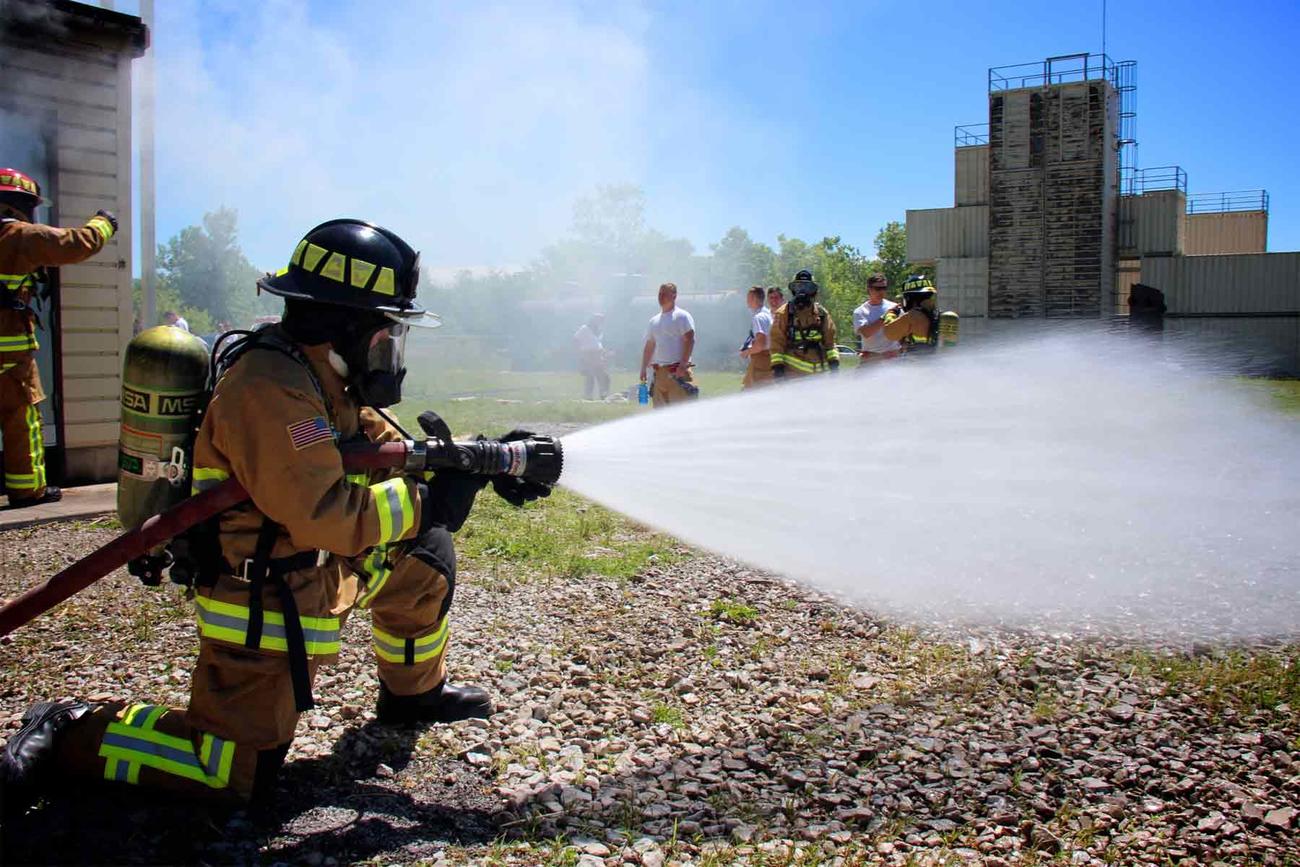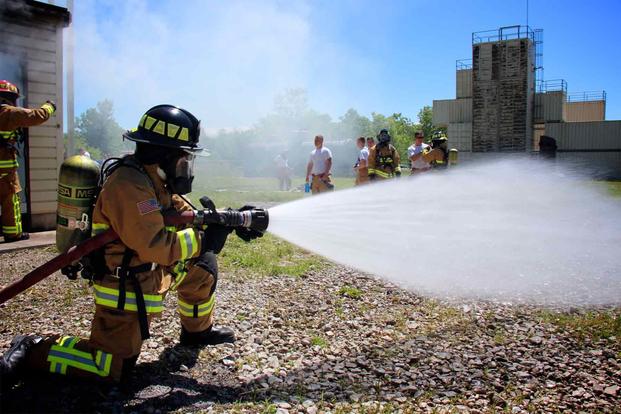

The Air Force says new federal standards governing “forever chemicals” will be incorporated into future cleanup efforts and may lead to more testing for on- and off-base residents who have had their water supplies contaminated.
In April, the Environmental Protection Agency enacted new drinking water standards that set limits on exposure to PFAS — perfluoroalkyl and polyfluoroalkyl substances, chemicals that do not degrade in the environment and can build up in the body, hence the nickname forever chemicals. They have led to warnings of adverse health effects such as kidney and testicular cancer, increased cholesterol levels and changes in liver enzymes, according to the Centers for Disease Control and Prevention.
The new EPA rules will inform the Air Force’s own cleanup standards for bases and nearby water supplies that may have been tainted by PFAS through practices such as the military’s use of aqueous film forming foam — a flame suppressing substance known as AFFF used since the 1970s for petroleum fires — that seeped into ground and drinking water.
Read Next: Watch ‘Band of Brothers’ Cast Members Jump into Normandy for D-Day’s 80th Anniversary
Since 2015, the Department of the Air Force has found that 191 of 204 installations that it inspected had released PFAS into the environment. That has raised concerns in recent years that nearby communities or those residents who may have water supplies contaminated by the chemicals.
Air Force officials said in a press release last week that “the new standards could mean more sampling of off-base drinking water supplies.”
“If the [Department of the Air Force] identifies drinking water wells with PFAS above the action level and attributable to [Department of Defense] mission activities, it may implement a response action such as connecting the residence to municipal water supply or installing filtration systems,” the news release said.
The Department of the Air Force will also have quarterly sampling “to guarantee that delivered water remains below action levels,” such as the threshold set by the EPA, the service added.
The military is required, under the 2020 National Defense Authorization Act, to stop using the PFAS-laden firefighting foam by October 2024, although there is the possibility for an extension.
But the Department of the Air Force, which includes the Air Force and Space Force, is also looking past just firefighting foam and is analyzing other PFAS contaminants “by systematically evaluating non-AFFF sources of PFAS” at active-duty bases as well as Air National Guard, Space Force and already closed installations, it said.
“The [Department of the Air Force] is working with [the Department of Defense] to prioritize cleanup at locations that pose the greatest risk to human health and will continue to accelerate cleanup efforts in partnership with regulatory agencies and affected communities,” the news release added.
Earlier this year, the Department of Defense named more than 30 locations — the vast majority of them Air Force installations — where cleanup efforts will start or are underway.
